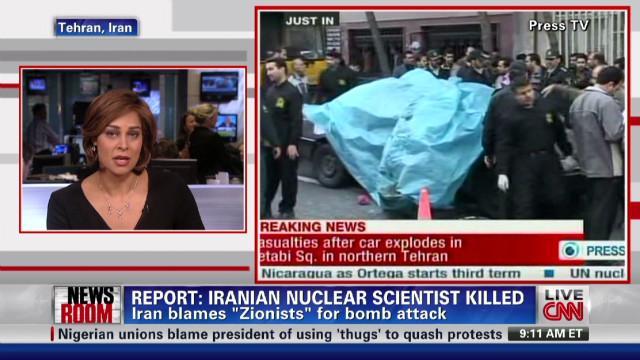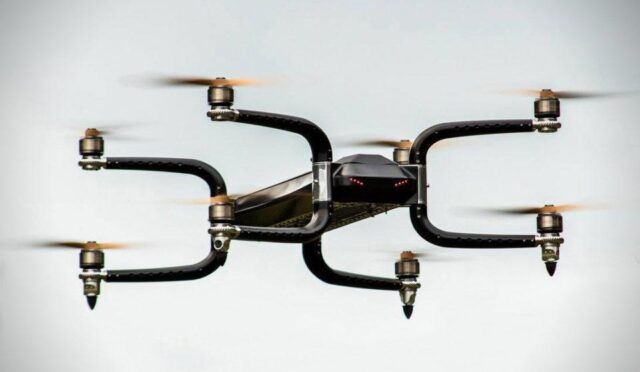Russia Unleashes a Wave of Drone Strikes on Ukraine
Ukraine has reported that Russia launched more than a hundred drone attacks overnight, despite efforts by Kyiv’s allies to persuade Moscow to accept a proposed 30-day ceasefire starting this coming Monday.
In a direct response to the ceasefire initiative, Russian President Vladimir Putin indicated the need for initial negotiations, aiming to soothe calls from US President Donald Trump for an expedited resolution to the ongoing conflict.
Zelensky’s Call for Dialogue
Ukrainian President Volodymyr Zelensky has expressed his willingness to engage in discussions with Putin, proposing to meet in Turkey on Thursday. However, he underscored a crucial condition: Russia must agree to the ceasefire, a move that Kyiv’s allies hope will come into effect imminently.
Zelensky’s insistence on a pause in hostilities contrasts starkly with Russia’s ongoing military actions, signaling a continued rift in the peace efforts.
Intensity of the Drone Attacks
During the nighttime assault, which began at 11:00 PM on May 11, the Ukrainian Air Force reported the launch of 108 Shahed and various other drones. By the morning, 55 of those drones had been confirmed as intercepted and destroyed.
The Ukrainian military administration reported that these drone attacks resulted in injuries and damage to residential areas, particularly impacting the southern region of Odesa.
Widespread Damage and Consequences
The attacks have not only harmed civilians but also inflicted significant damage on critical infrastructure. Railway systems were directly affected, leading to disruptions in transport and injuring a train driver in the eastern Donetsk region.
The national railway operator, Ukrzaliznytsia, voiced concerns, noting the continuous assaults on railway facilities despite the calls for a ceasefire.
International Concerns Deepen
This recent escalation has raised alarm among international observers, highlighting the fragility of the proposed ceasefire and the urgent need for a diplomatic resolution.
As the conflict intensifies, the prospects of lasting peace seem increasingly remote, especially with Russia’s apparent disregard for negotiations.
Future Diplomatic Efforts Amid Conflict
The diplomatic landscape remains tense as both sides prepare for potential negotiations. However, the likelihood of meaningful dialogue is overshadowed by ongoing hostilities.
The situation continues to evolve, with governments and global leaders closely monitoring developments, hoping for a breakthrough amidst the chaos.
Public Safety and Military Readiness
With the drone strikes presenting a persistent threat, Ukraine has prioritized civilian safety while maintaining military readiness to counter further aggression. The recent attacks have heightened the urgency for defensive measures.
Officials are urging citizens to remain vigilant and prepared for further incidents as the conflict drags on, and military assessments are updated frequently.
The Role of International Alliances
European and American allies continue to express their support for Ukraine, emphasizing the need for a united front against Russian aggression. Diplomatic channels remain open, and discussions about military aid are ongoing.
These alliances play a crucial role in bolstering Ukraine’s defenses and ensuring that the nation’s military capabilities can withstand the relentless drone attacks.
Humanitarian Impacts of Ongoing Attacks
The humanitarian situation in Ukraine has deteriorated as a result of continuous violence, with civilians enduring the brunt of the conflict’s fallout. Displacement and infrastructural destruction have become commonplace, exacerbating already critical needs.
Social services are under strain, and international humanitarian organizations are ramping up efforts to provide assistance to affected areas, which are struggling to cope with the influx of casualties.
Prospects for Peace Remain Uncertain
As tensions continue to escalate, the possibility of achieving a peaceful resolution seems increasingly elusive. The persistence of drone strikes and military operations underscores the fragility of any proposed agreements.
While there is a glimmer of hope for diplomacy, the path to peace remains fraught with challenges as both sides navigate their respective political landscapes.







